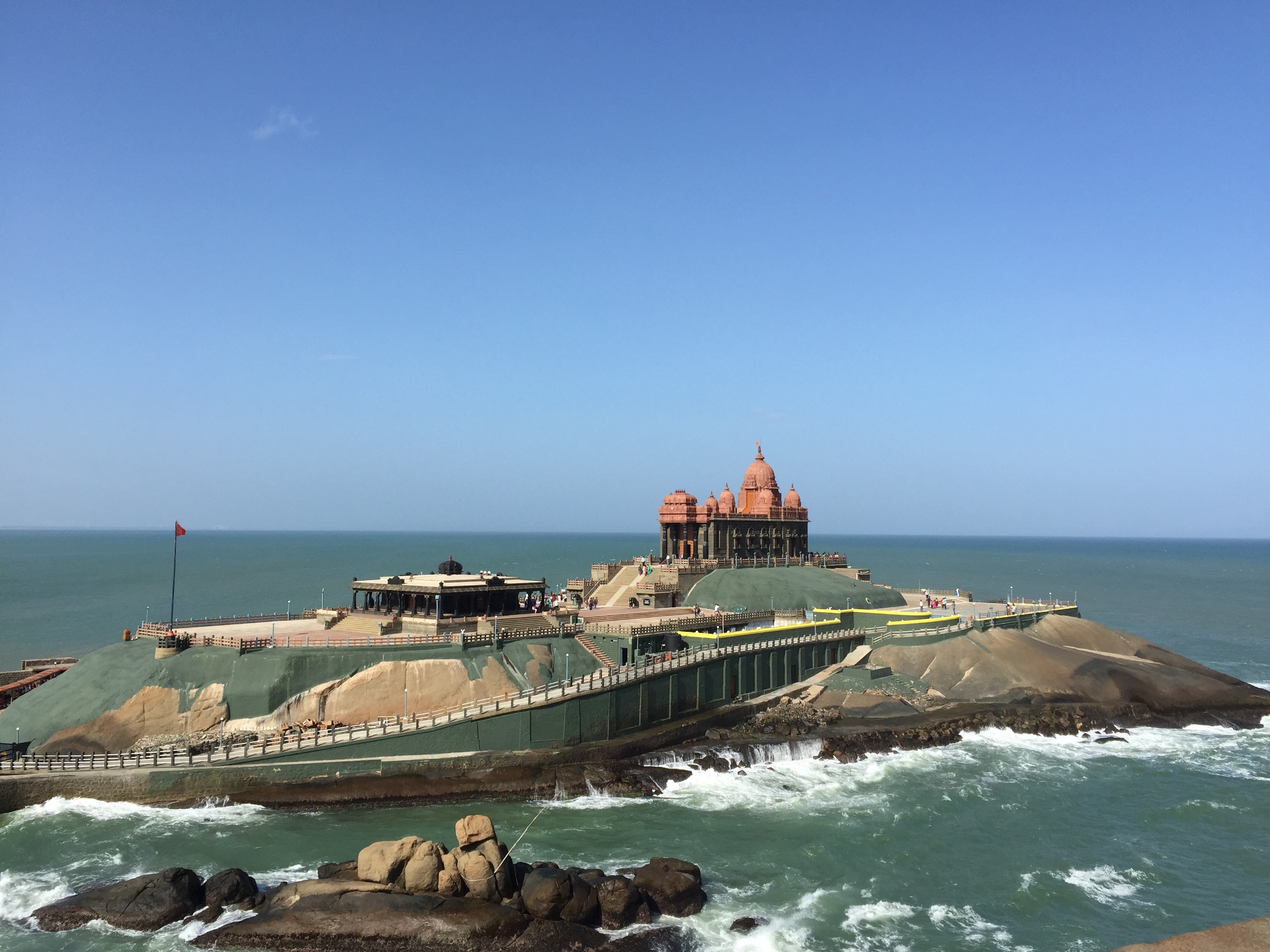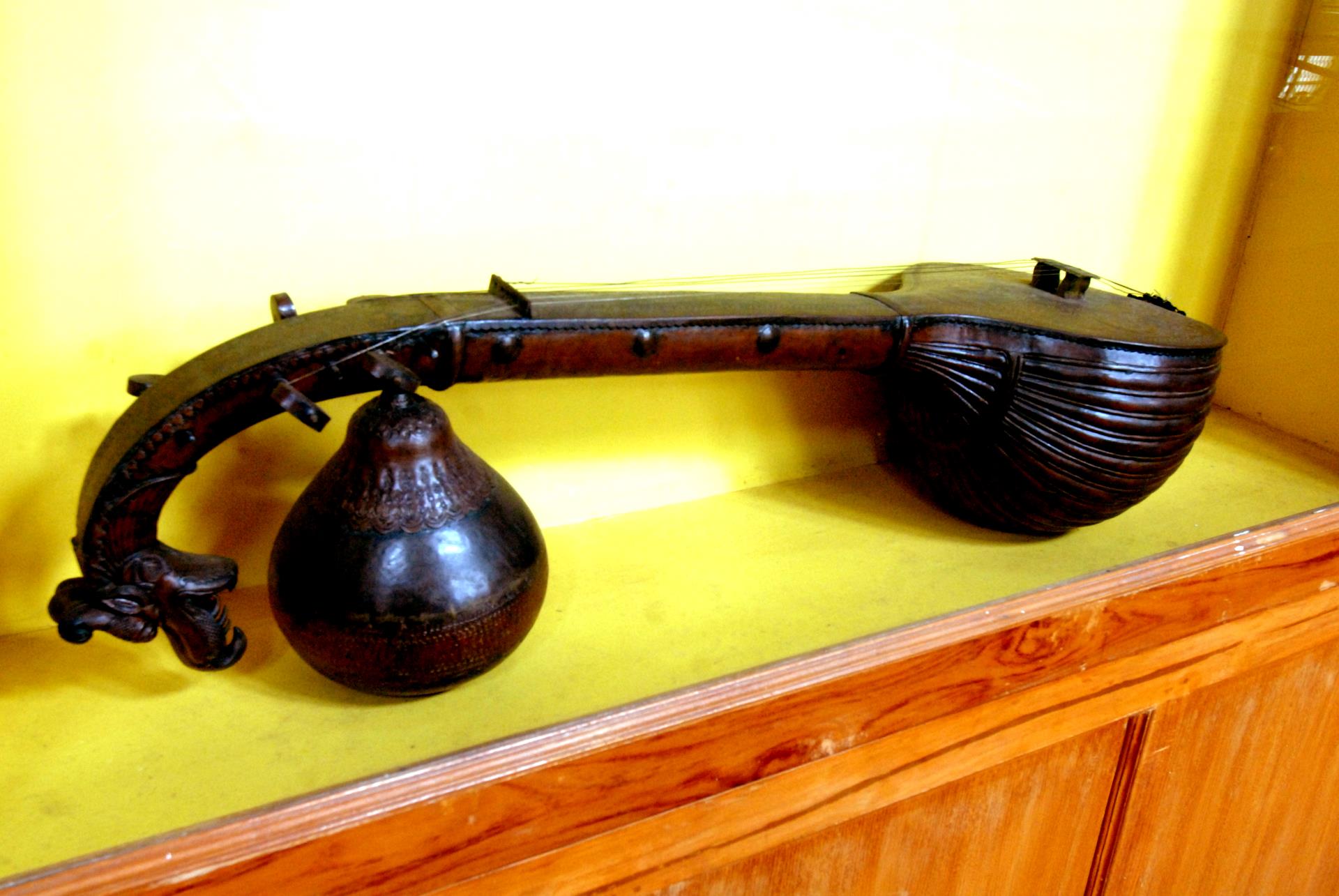
Sorry, we couldn't find anything that matches your search.
Destination

Famous Places to Explore in Hyderabad
A vibrant city with the imposing...

Raipur Tourist Places | Best Place to Visit
The stronghold of several erstwhile...

Ahmedabad
Declared as India's first UNESCO World...
#
Built in 1970, the Vivekananda Rock Memorial is a combination of conventional and modern Indian architectural styles, especially from West Bengal and Tamil Nadu. From this iconic monument, one can get spectacular views of the celestial happenstance of sunrise, sunset and moonrise. On full moon days, enjoy the special spectacle of the moon rising and the sun setting simultaneously. On Chitra Purnima in April, both moon and sun face each other on the same horizon.
The entrance to the memorial features the architectural styles of Ajanta and Ellora Cave Temples, while the memorial mandapam resembles Belur’s Sri Ramakrishna Temple. A life-size bronze statue of Swami Vivekananda in his famous parivarjak posture is housed here. Shripada Mandapam, one of the two main structures of Vivekananda Rock Memorial, is its sanctum sanctorum that is enclosed within an outer platform. The square-shaped hall comprises a garbha griham, an inner prakram and an outer prakram.
It has sections including Dhyana Mandapam, Mukha Mandapam, Namasthubhyam and Sabha Mandapam. Of these, the Dhyana Mandapam, also called the Meditation Hall, has been created by integrating various styles of Indian temple architecture. Visitors are allowed to sit, relax and meditate in six rooms here. The Assembly Hall or the Sabha Mandapam comprises a statue section, Pralima Mandapam, an outer courtyard and a corridor that encompasses the main hall. Swamiji’s statue is so positioned here that his vision falls directly on the Shripadam. In the memorial mandapam stands the statue of Vivekananda and visitors can see the footprints of the virgin goddess, Sri Pada Parai, on the same rock.
To the southeast of Kanyakumari Temple are two rocks projecting out of the waters of Lakshadweep sea - the Shripada Mandapam and the Vivekananda Mandapam. It is said that on one of these, Swami Vivekananda sat in meditation for two days and turned into a powerful crusader with the blessings of Kanyakumari, the virgin goddess.








